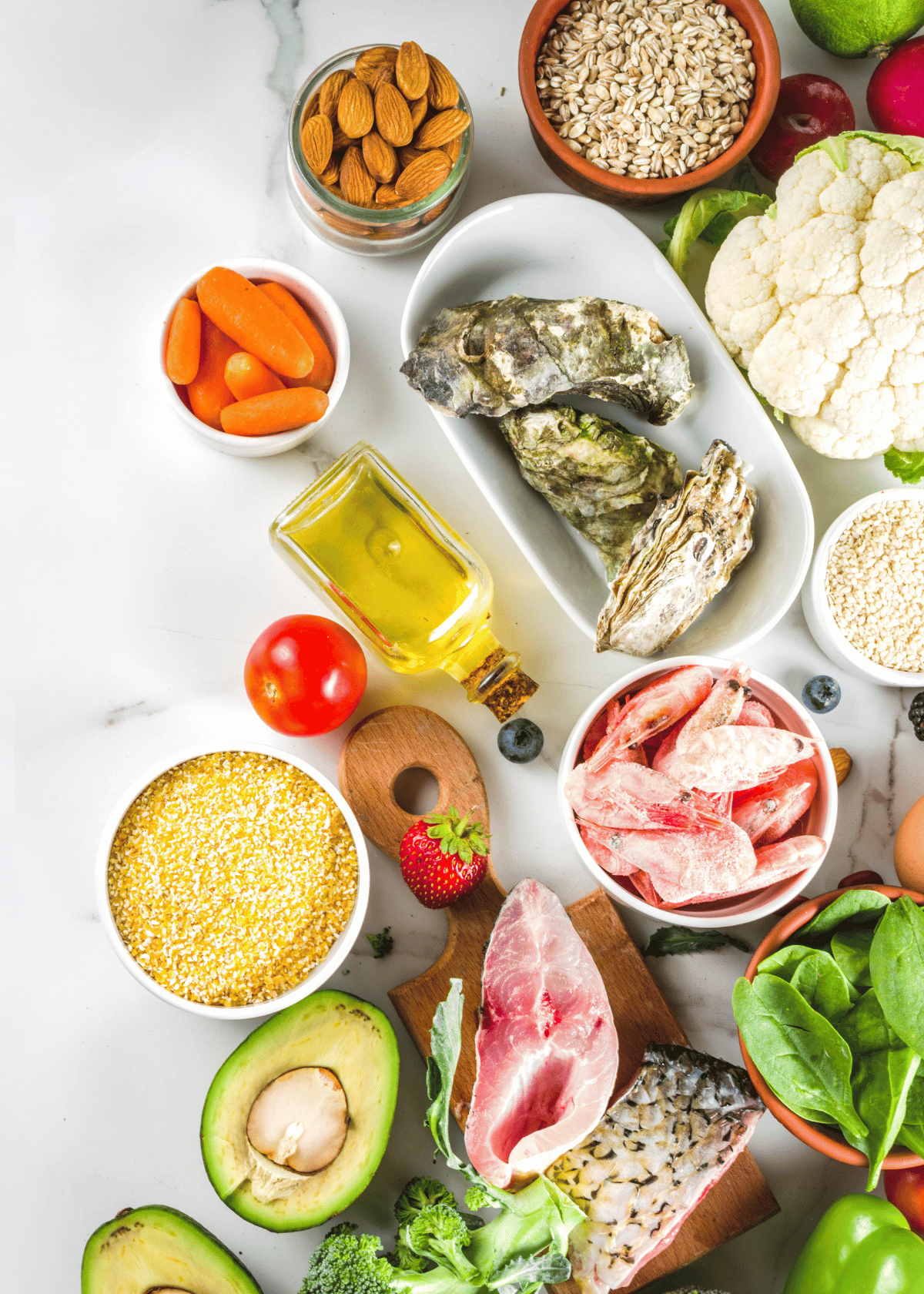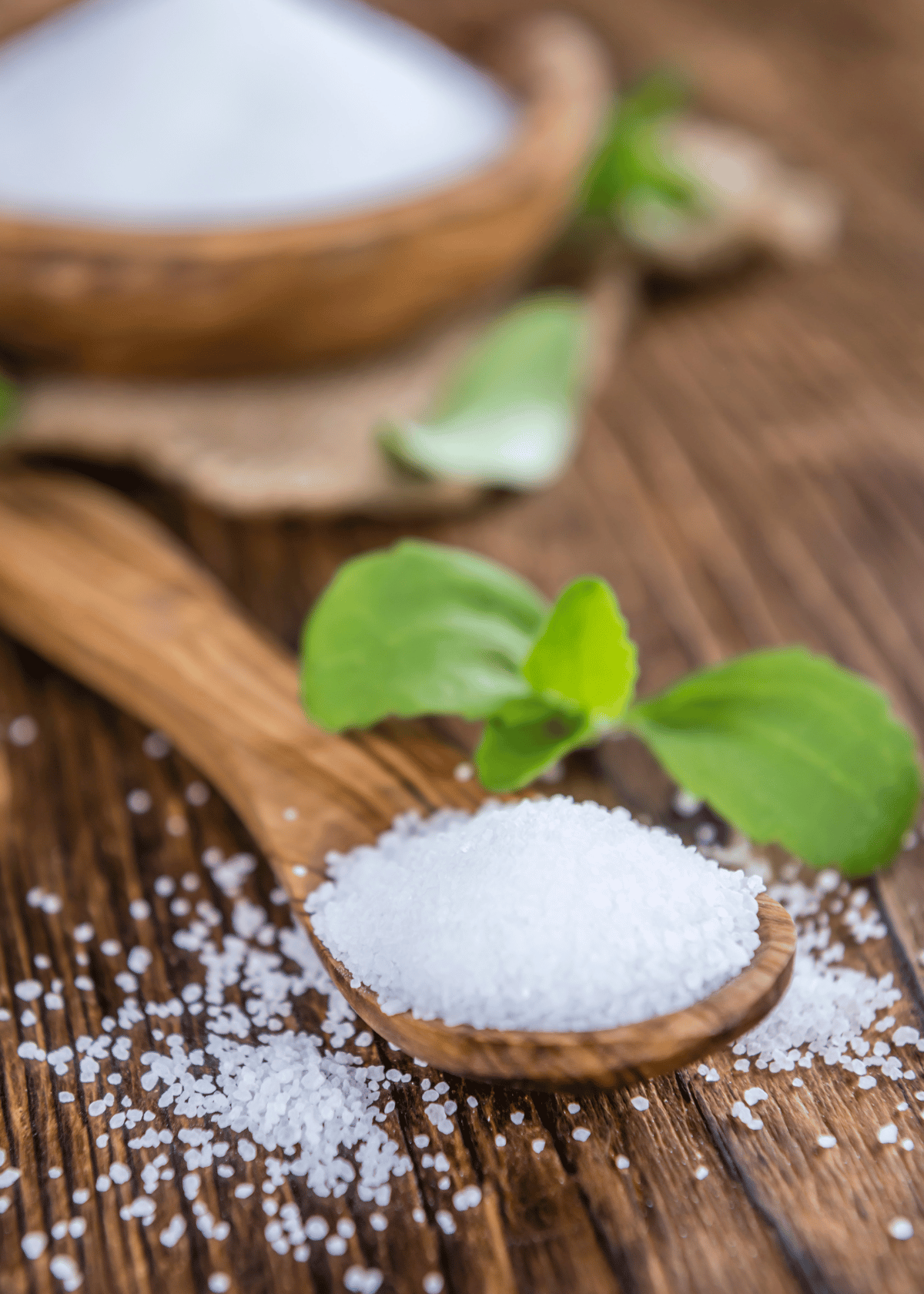It’s not just women who should be aware of their menstrual cycle. Men can benefit from learning about the cycle as well, especially if they’re in a relationship with a woman. Understanding the four phases of the menstrual cycle can help men better support and understand their partners during the various phases of her cycle. In this blog post, we will discuss how women can use “cycle syncing” to optimize their health and energy levels throughout their monthly cycle. We'll also discuss optimizing menstrual cycle nutrition for each phase and impact on hormone levels.
Menstrual Phase (Day 1-5)
The menstrual phase is often referred to as “the red days” because it marks the beginning of a woman’s period. During this phase, it is important for women to prioritize rest and relaxation. Eating nutrient-dense foods such as lean proteins and healthy fats will help replenish lost nutrients and provide energy for the upcoming week. Additionally, iron rich foods like dark leafy greens, beans, nuts, and seeds are especially beneficial during this time to prevent anemia or fatigue.
Follicular Phase (Day 6-14)
During the follicular phase, estrogen levels begin to rise again and women may find themselves feeling more energized than before. This is an ideal time to focus on setting goals and being productive at work or school. To keep your energy levels up throughout the day, make sure you are eating regularly throughout the day - consuming small meals every 3-4 hours - and opting for nutrient-dense foods that will provide lasting energy without causing any blood sugar spikes or crashes.
Ovulatory Phase (Day 14-17)
The ovulatory phase usually occurs around mid-cycle when estrogen levels are at their highest point of the month. This can be a great time for socializing with friends or getting creative with projects you may have been putting off all month! To ensure your energy stays strong during this time, try opting for magnesium rich foods like dark leafy greens, bananas, avocados and nuts which will help regulate hormone fluctuations that tend to cause mood swings during this time in your cycle.
Luteal Phase (Day 18-28)
The luteal phase is often referred to as “the blue days” because women may experience low energy levels due to drops in progesterone levels combined with premenstrual symptoms such as cramping or bloating. Eating smaller meals more frequently throughout the day can help manage blood sugar levels which will in turn help maintain steady energy levels throughout the day so you don't feel too fatigued by mid afternoon!
Additionally, making sure you're getting enough vitamins from nutrient dense foods like fruits & veggies can also help boost your overall mood while keeping your body nourished & energized through until your next period arrives!
Conclusion:
Cycle syncing is a great way for women to get in tune with their bodies on a deeper level and make sure they are taking care of themselves every step of their monthly cycle journey! By understanding each phase of their menstrual cycle (including what kind of foods to eat) women can maximize their health potential by optimizing their nutrition according to their hormonal fluctuations each month!







